This is one of those stories that is so hard to believe because we can’t imagine anyone in their right mind performing such bravery that defies all odds of surviving. Yet, this story of a Polish resistance fighter named Witold Pilecki is true. Lieutenant Pilecki volunteered in 1940 to be arrested and imprisoned in Auschwitz for the purpose of reporting on the activities inside the future extermination camp. After two and a half years in Auschwitz as inmate #4859, Pilecki escaped. His report, The Witold Report, was presented to the Allies in 1943 but they considered his eyewitness accounts as being exaggerated and no action was taken. The report was finally published in 2000 for public consumption.
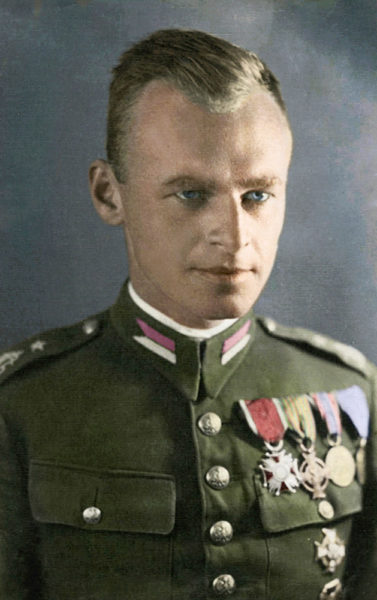
Did You Know?
Did you know that Paris isn’t the only major city with therapy pets? Read Paris Therapy Pets here. Instead of rats, Rome has a problem with wild boars. It’s so bad that the Romans are afraid to let their children and pets go to the playgrounds. At first, they thought the wild pigs were kind of cute. But as Rome’s garbage piled up, the boars encroached closer to the center of the city every day. Herds of boars followed people and ultimately, forced them to remain in their homes. Believe it or not, medieval Paris had a similar problem. Next to criminal activity in the Middle Ages, the second highest cause of death in the City of Light ⏤ actually, the city was pretty dark back then ⏤ was being gored and eaten by a wild boar. Rome’s politicians think the solution has arrived in the form of wolves. The she-wolf is a natural predator of the wild boar and the wolves are following them into the inhabited areas of the city. Unfortunately, Rome is finding out the wolves aren’t afraid of humans. So, one problem is replaced by a second problem. Perhaps keeping the streets and properties clear of garbage might be a good start to a solution?
Oh, by the way, 2020 is the Chinese “Year of the Rat.” Enjoy those spring rolls! You might want to stick to the meatless version.
The role Polish citizens, soldiers, and resistance fighters played in fighting their Nazi occupiers has never been at the forefront of stories on World War II. We know Poland as the first country invaded by the Nazis as well as being the location of some of the most infamous extermination camps (e.g., Auschwitz). The role of the Einsatzengruppen or, Schutzstaffel (SS) mobile extermination squads in Poland is well documented as are the two major Warsaw uprisings in 1943 and 1944. However, information about the Polish Home Army and Polish resistance fighters was suppressed by the Soviets after the war and it wasn’t until after the disintegration of the Soviet Union in 1989 that stories such as Witold Pilecki were uncovered.
Witold Pilecki, a Polish hero and nationalist, partisan, army officer, and resistance fighter, is absolutely one of the bravest individuals I’ve run across while writing these blogs as well as my future book, Where Did They Put the Gestapo Headquarters? A Walking Tour of Nazi Occupied Paris (1940-1944). British historian Norman Davies considers Pilecki to have few peers when it comes to Allied heroes.
Let’s Meet Witold Pilecki
Witold Pilecki (1901-1948) was born in Karelia, Russia to a family descended from an aristocratic and dedicated Polish nationalist who had his property confiscated by the Russian government in 1864. After seven years in exile in Siberia, Pilecki’s grandfather was forced to relocate to Karelia where he was forced to remain while working as a government employee. Two generations later, World War I and the Russian Revolution provided the opportunity for Witold to join Polish partisans and fight the Germans and Bolsheviks. Following the Polish-Soviet War in 1921, Pilecki joined the Polish Army Reserves.
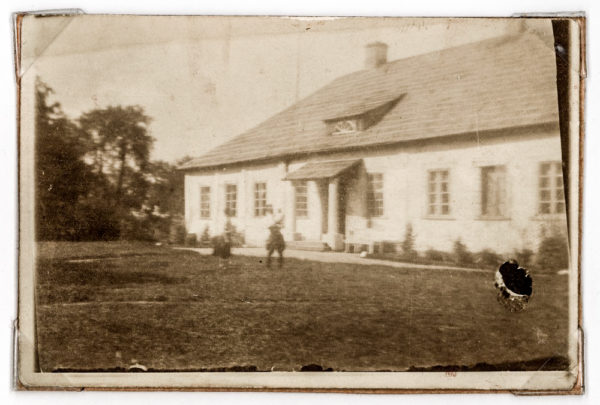
By 1926, Pilecki became the head of the family estate and rebuilt the ancestral home which had been demolished during World War I. Five years later, he married Maria Ostrowska (1906-2002) and they had two children, Andrzej and Zosia. Pilecki became a community leader as well as an activist. He founded a cavalry school in 1932 and five years later, merged it with the Polish 19th Infantry Division. In August 1939, Pilecki became a cavalry platoon commander and took part in fierce fighting against the Germans a month later during the invasion. Soon after his platoon inflicted heavy losses on the Germans, the Soviet Union invaded eastern Poland as a part of the Molotov-Ribbentrop Pact. On 27 September, the Polish government surrendered to the Nazis but Pilecki and his men continued fighting as partisans and a month later, he founded the “Secret Polish Army” which became the first Polish underground resistance organization of the occupation.
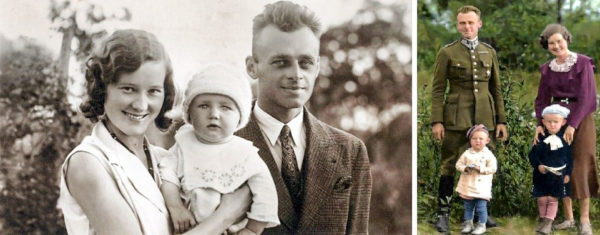
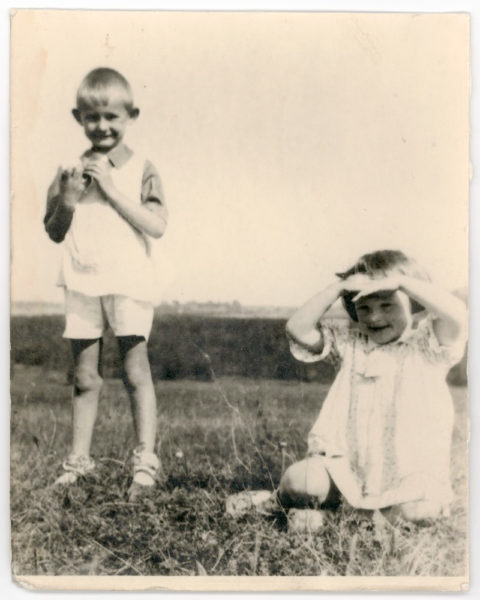
Volunteering For Auschwitz and Escape
Pilecki came up with an idea in 1940 to have himself arrested by the Nazis and sent to the Auschwitz concentration camp located at Oświęcim. The purpose was to gather intelligence on the levels of inmate resistance within the camp. At that time, there was no information about the activities inside Auschwitz and it was thought to be a prison or internment camp. Auschwitz I – the main camp – was first populated in May 1940 while Auschwitz II or, Auschwitz-Berkenau was originally built in October 1941 to handle a rapidly growing prisoner population. After the Nazis agreed to the “Final Solution” in January 1942, Auschwitz-Berkenau was converted to a death or, extermination camp in March 1942.
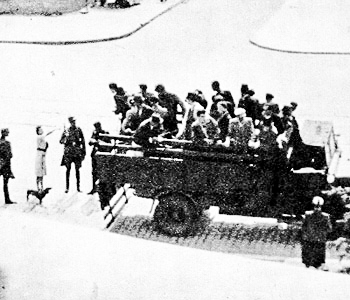
Pilecki’s plan was approved and he was given a new identity as “Tomasz Serafiński.” On 19 September 1940, Pilecki and 2,000 other Polish civilians were arrested in a Nazi roundup. He was immediately sent to Auschwitz and issued prisoner number “4859.” While inside the camp, Pilecki organized an underground resistance group called the Union of Military Organizations (ZOW). Its purpose was to improve morale, provide news from the outside, distribute extra food and clothing, and training to take over the camp in the event the Allies or the Polish Home Army attacked with the intent to liberate the camp. He even had a secret radio transmitter which forwarded intelligence information to London. However, by the spring of 1942, Pilecki’s intelligence reports to London began to include information about the exterminations.
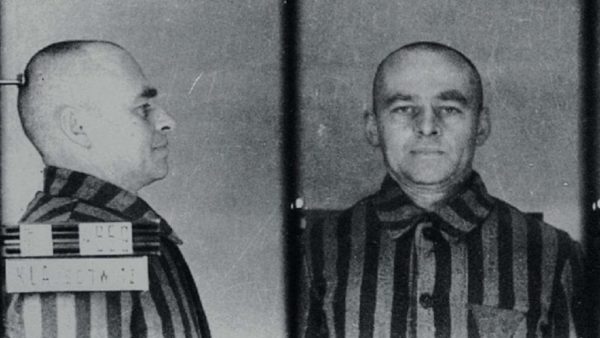
The Gestapo and SS started infiltrating the ZOW and executing its members. At that point, Pilecki decided to escape. On the evening of 26/27 April 1943, Pilecki and two others overpowered the guards in the camp’s bakery and successfully escaped. Within several days, Pilecki had managed to get to a unit of the Polish Home Army and on 25 August 1943, he reached Warsaw. Pilecki was debriefed by the Polish resistance and it was agreed that liberating Auschwitz could not be done without Allied support. He was ordered to prepare a report which could then be turned over to Allied governments in hopes it would persuade them to take action against Auschwitz.
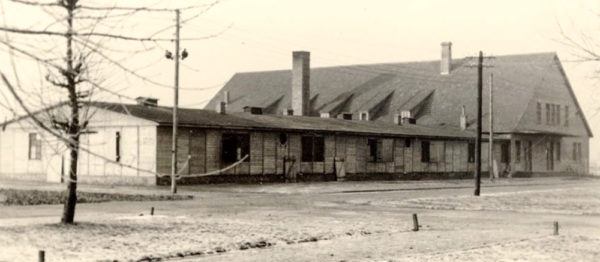
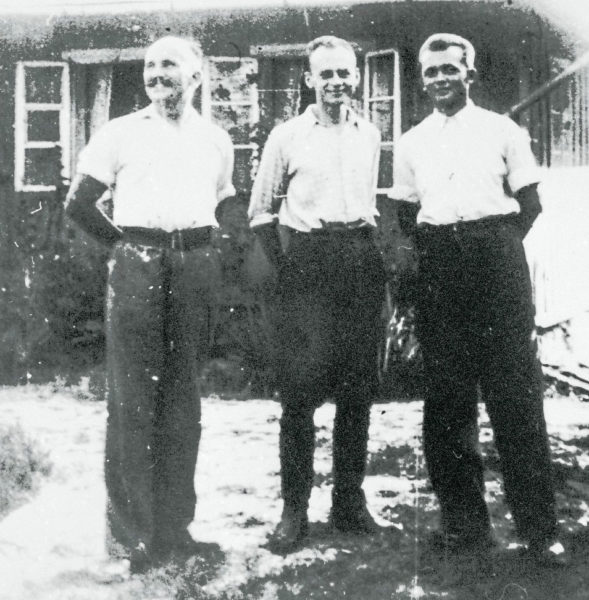
The Witold Report
The Raport Witolda or, Witold’s Report gave an estimate of 1.5 million people gassed upon arrival at Auschwitz (the estimated figure has been placed at 1.1 million). It also included eyewitness accounts of the gas chambers, Selektion otherwise known as the selection process of death or labor, and the sterilization experiments. Pilecki wrote that the three crematoria handled 8,000 bodies daily. To add credibility to the report, members of the Polish underground as well as ZOW members signed the document.
After it was completed, Witold’s Report was forwarded to the Allies. They deemed the information unreliable and exaggerated. Nothing was ever done. It was not until 2000 that Pilecki’s report was published and the first English version did not appear until 2012.
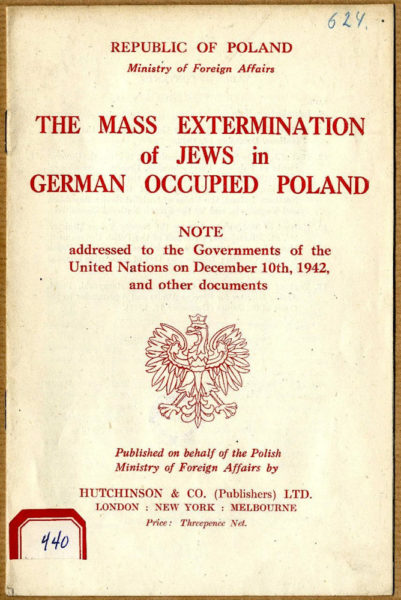
In the report, Pilecki wrote “We have strayed, my friends, we have strayed dreadfully . . . we are a whole level of hell worse than animals.”
Captain Roman
Captain Pilecki was part of the August 1944 Polish uprising in Warsaw. He fought the Nazis using the nom de guerre “Captain Roman.” After the surrender, Pilecki was captured by the Wehrmacht and sent to Germany and imprisoned at Stalag VIII-B as a POW. His last camp was Oflag VIIA in Bavaria which the Allies liberated on 28 April 1945.
Post-War and Execution
After the war, Pilecki returned to Soviet-occupied Poland where he developed a secret intelligence gathering organization. By July 1946, the Soviets had uncovered his various aliases and Pilecki was advised by his colleagues to leave Poland but unfortunately, he did not follow their advice.
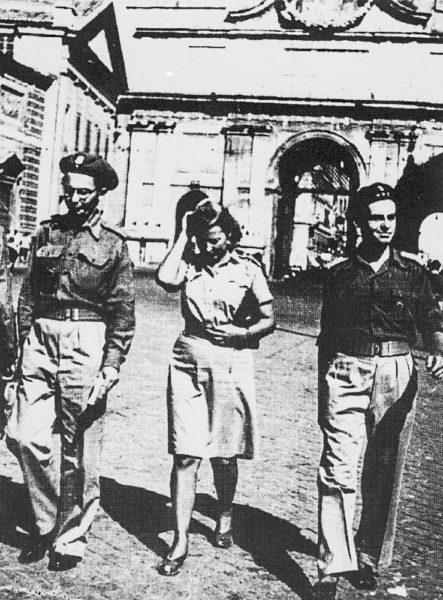
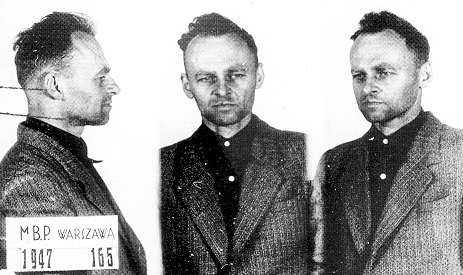
Pilecki continued to collect evidence of Soviet atrocities in Poland and finally, on 8 May 1947, the Soviet secret police caught up to him. Pilecki was mercilessly tortured before being put on trial in March 1948. It was a “show” trial and Pilecki was charged with illegal border crossing, use of forged documents, carrying illegal weapons, not registering for the military, espionage, and planning the assassination of high Soviet officials. The prosecutor was a survivor of Auschwitz and would go on to become the Polish Prime Minister in the Soviet controlled satellite country.
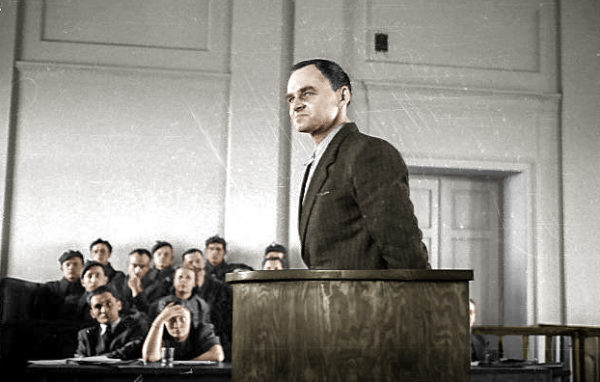
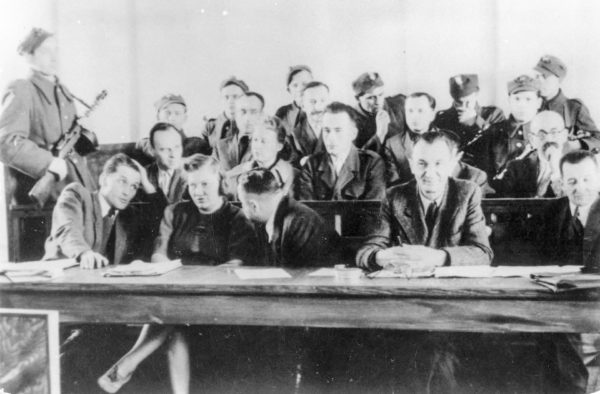
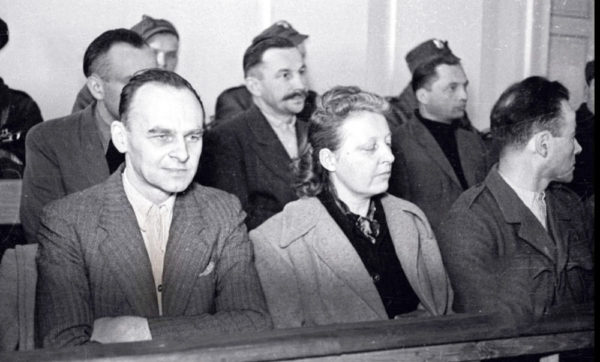
Pilecki was found guilty and sentenced to death. Ten days later, he was executed with a shot to the back of his head ⏤ a favorite method of execution used by the Nazis. His burial site remains a mystery to this day but is suspected to be a mass grave in Warsaw’s Powazki Cemetery.
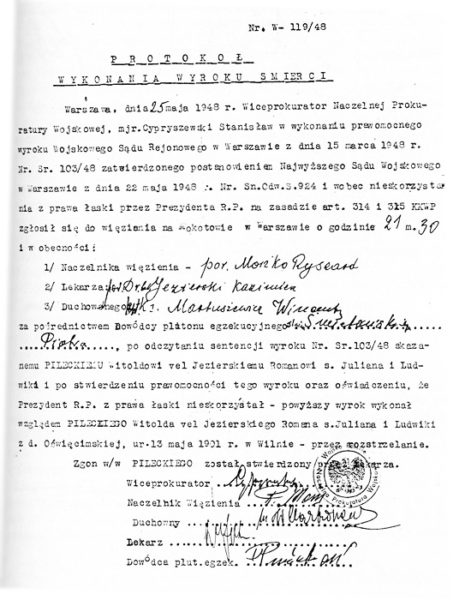
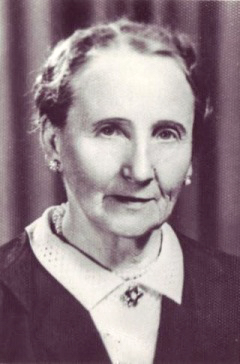
Rehabilitation
After the fall of the Soviet Union in 1989, Witold Pilecki was rehabilitated by the Polish government. He was awarded several of the highest Polish decorations.
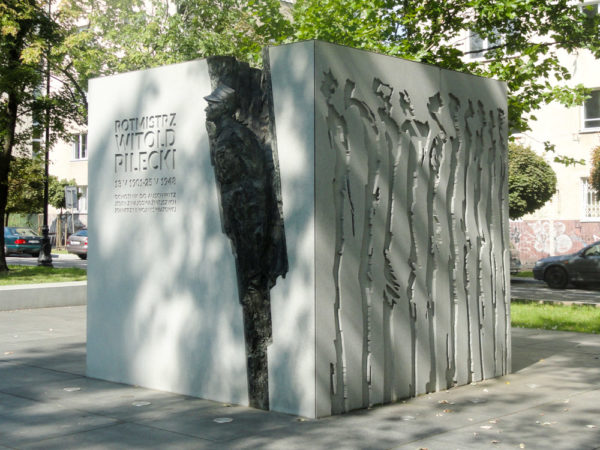
Michael Schudrich, Chief Rabbi of Poland, said that Pilecki was “an example of inexplicable goodness at a time of inexplicable evil. There is ever-growing awareness of Poles helping Jews in the Holocaust, and how they paid with their lives, like Pilecki. We must honor these examples and follow them today in the parts of the world where there are horrors again.”
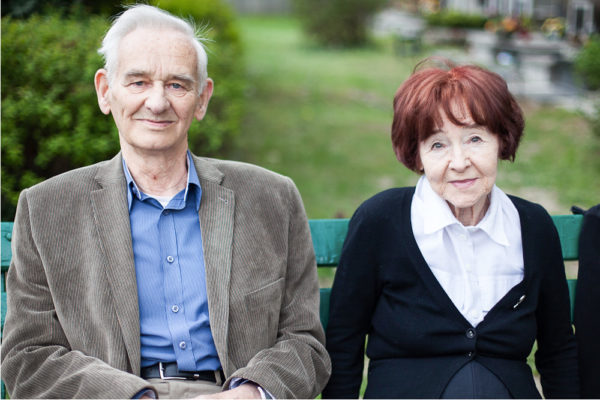
In the foreword of the English translated version of the Witold Report, Rabbi Schudrich writes “If heeded, Pilecki’s early warnings might have changed the course of history.”
Forgive But Never Forget
✭ ✭ ✭ LEARN MORE ABOUT WITOLD PILECKI ✭ ✭ ✭
Fairweather, Jack. The Volunteer: One Man, An Underground Army, and the Secret Mission to Destroy Auschwitz. New York: HarperCollins, 2019.
Pilecki, Captain Witold. The Auschwitz Volunteer: Beyond Bravery. Los Angeles: Aquila Polonica (U.S.) Ltd., 2012.
The Auschwitz Volunteer is the first English version of the Witold Report. A Polish version was published in 2000.
What’s New With Sandy and Stew?
We’ve been extremely busy preparing for the series of lectures coming up the last three months of 2019 and the first four months of 2020. We’ve dusted off some old favorites: Marie Antoinette’s Last Ride, Rendezvous with the Gestapo, and Charles de Gaulle’s Myths & Legacies: The French Resistance. Some new presentations in 2020 will include Coco Chanel: Collaborator or Spy? and Jacques the Ripper and Other Paris Evils. For a complete list of upcoming presentations, please visit our web site (www.stewross.com).
Someone Is Commenting On Our Blogs
I received a comment on our blog, The Parisian Bluebeard is Guillotined. Actually, it wasn’t a real comment about the blog. It was someone trying to convince us to monetize our blog site using their services. I only bring this up because over the past five years, I’ve mentioned several times that we receive no compensation whatsoever for any recommendations including books, tour guides, or from the blog site. This will not change despite what others might feel is a good way to make money.
If there is a topic you’d like to see a blog written about, please don’t hesitate to contact me. I love hearing from you so keep those comments coming.
Why Would You Want To Buy Our “Walks Through History” Books?
Simple.
You like to travel and experience history and historical events. You like to see original buildings that had a significant impact on the people and events of the history you’re engaged with. You want to know the stories behind the brick and mortar in front of you.
The walking tour books are meticulously researched so you can go directly to those sites and learn about the building’s history as well as an introduction to some of the more interesting people associated with it.
We Need Your Help
Please tell your friends about our blog site and encourage them to visit and subscribe. Sandy and I are trying to increase our audience and we need your help through your friends and social media followers.
Thank You
Sandy and I appreciate you visiting with us. We have some exciting things on the horizon and we’ll keep you updated as we go along.
Share This:
Follow Stew:
Find Stew’s books on Amazon and iBooks.
Please note that we do not and will not take compensation from individuals or companies mentioned or promoted in the blogs.
 Walks Through History
Walks Through History
Copyright ©2019 Stew Ross
